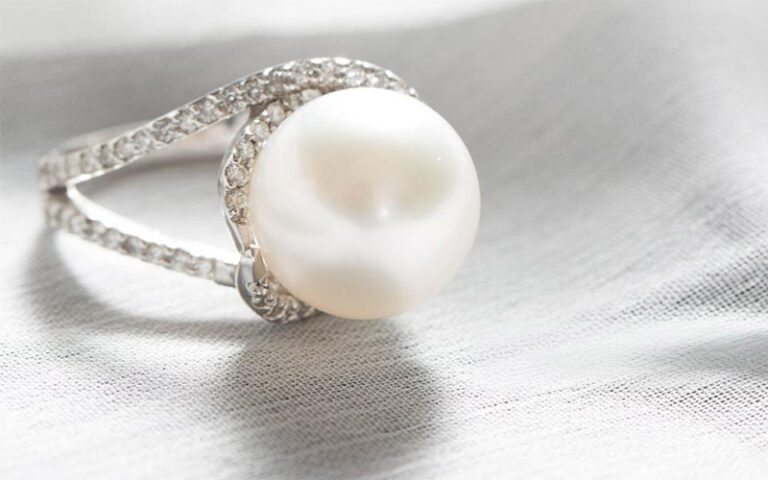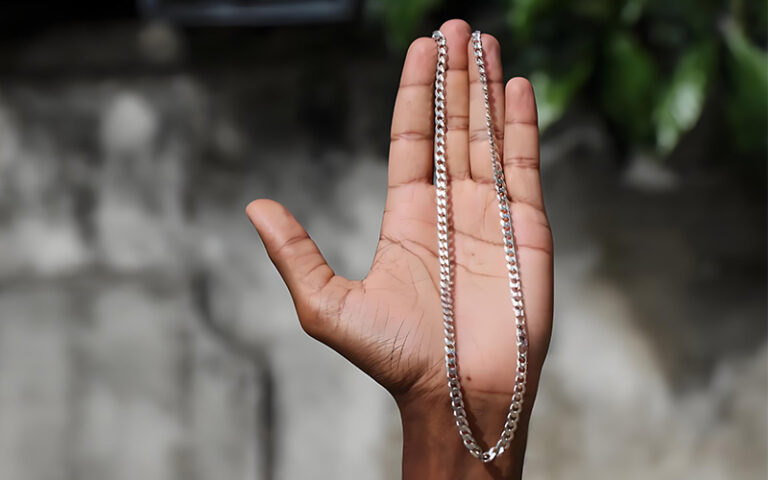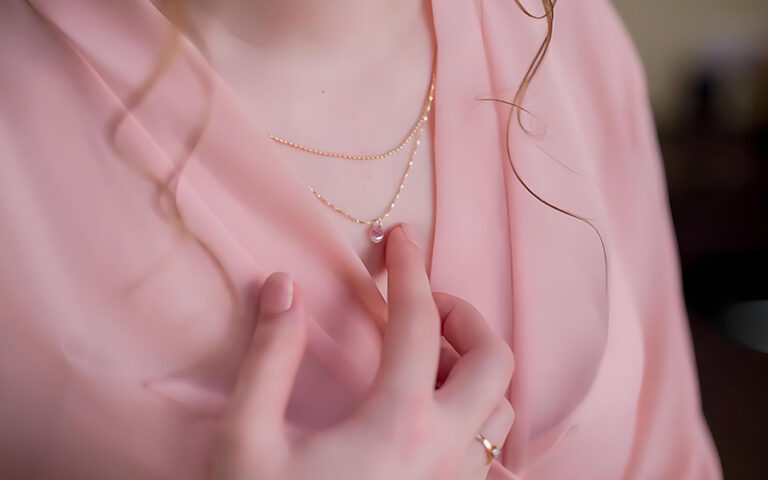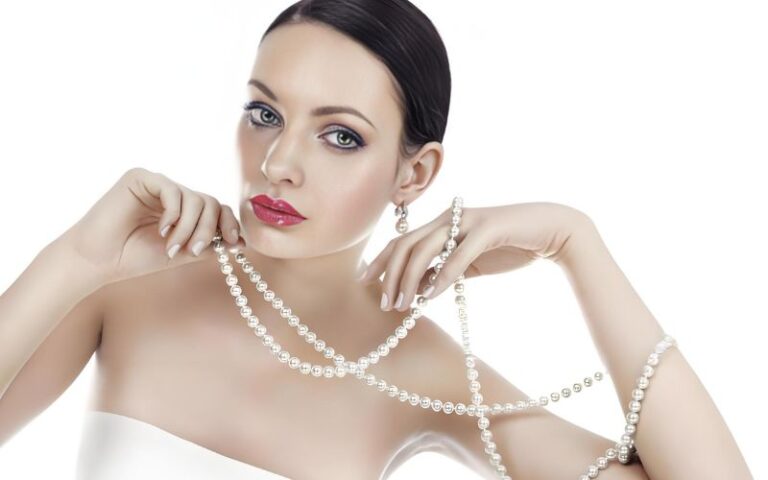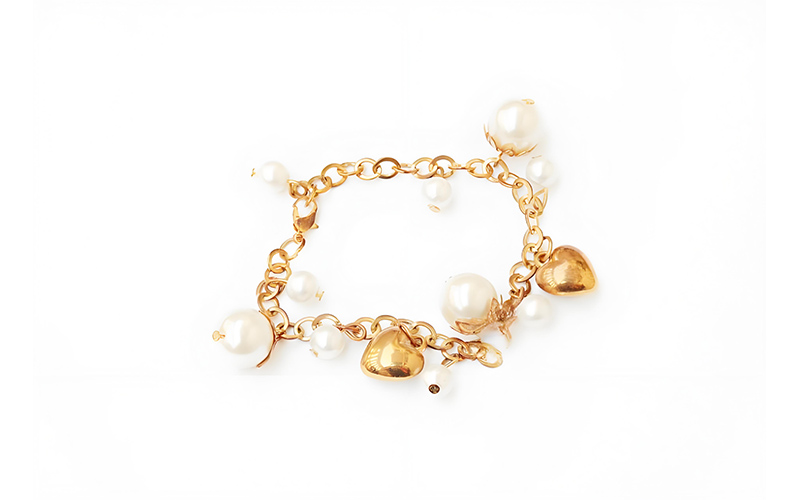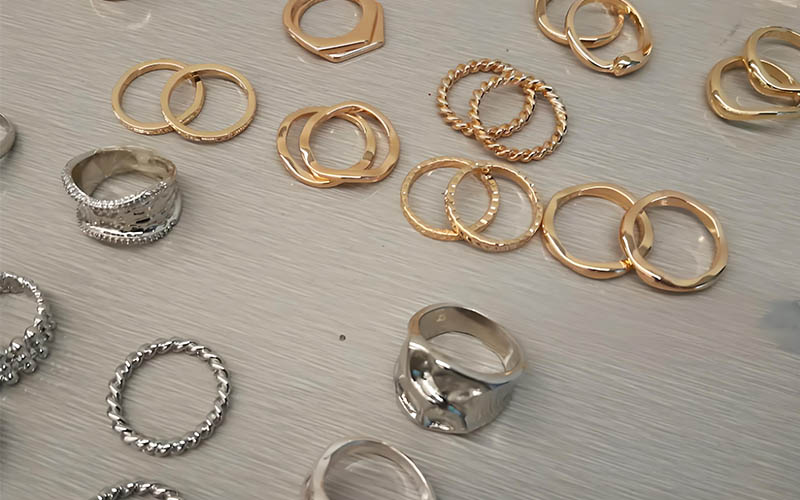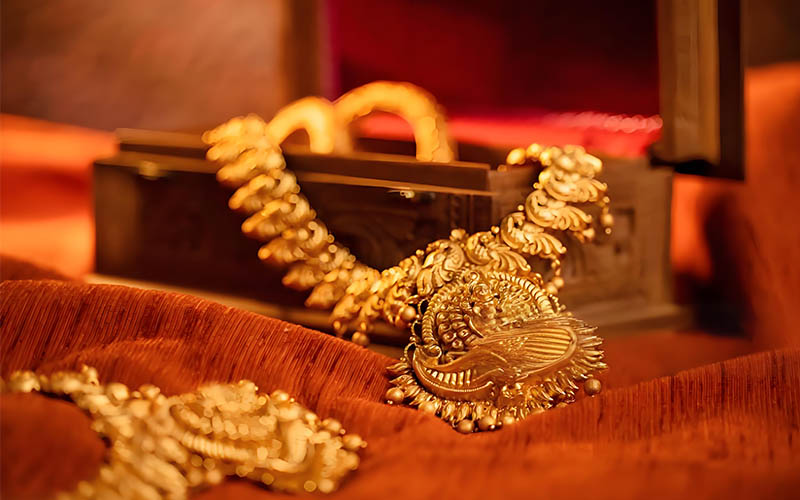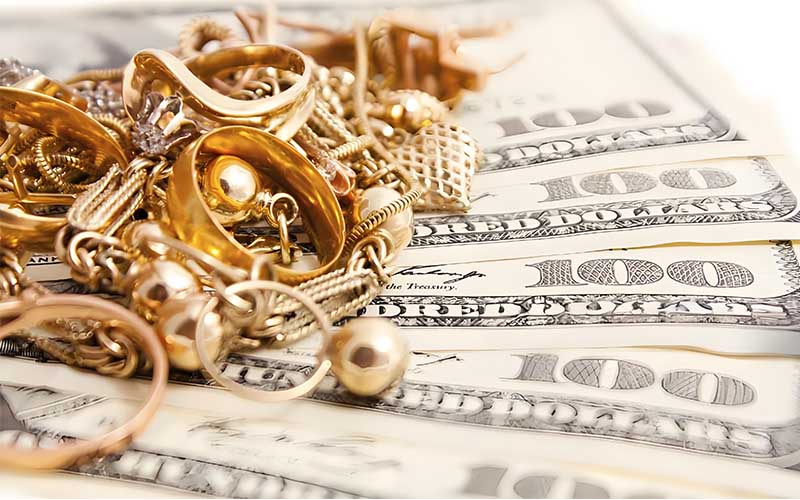
Internally vs Externally Threaded Body Jewelry: What I Wish I Knew Before My First Piercing
When I got my first real body piercing, I was so excited. I didn’t think much about the jewelry. I just picked something that looked cool. I learned the hard way that not all body jewellery is made the same. The biggest difference? How it’s put together. This is a little thing called the thread. Understanding the difference between internally and externally threaded jewelry can make a big difference in how your piercing heals. It can be the key to a happy piercing or a painful one. In this article, I’m going to share what I’ve learned. I’ll explain the key differences between internally and externally threaded jewelry. This will help you choose the best and safest option for your new piercing. The jewelry you choose matters a lot.
Table of Contents
What Is a Thread on Body Jewellery Anyway?
Let’s start with the basics. What is a “thread”? Think about a screw and a nut. The little spiral lines on the screw are the thread. They let you twist and lock two pieces together. A lot of body jewellery works the same way. A typical piece of jewelry, like a barbell, has two parts. It has a long post and a ball or decorative end that comes off. The thread is what lets you screw that end onto the post to keep it secure.
This simple screw mechanism is very important. It’s on almost every type of piercing jewelry, from a straight barbell for a nipple piercing to a curved barbell for an eyebrow piercing. The thread makes sure your jewelry doesn’t fall out. But how that thread is designed—where the screw part is located—is super important for the health of your piercing. This part of the jewelry is what can make your piercing experience good or bad. Understanding this little thread is the first step to becoming a smart body modification fan. It’s not just a tiny detail; it’s a huge factor in the comfort of your piercing.
The thread on a piece of jewelry is essential. Without a secure thread, your stud or barbell could come loose. Imagine losing the ball from your new labret stud! The thread is what holds it all together. There are two main ways this thread can be made: on the outside of the post or on the inside. This is the core difference between internally and externally threaded body jewelry. We’ll get into why this small change in design is such a big deal for any piercing.

What Is Externally Threaded Body Jewelry?
Now let’s talk about the first type: externally threaded body jewelry. The name gives you a big clue. “External” means “outside.” In this style, the screw thread is on the outside of the barbell or post. The ball or end has a little hole in it. You screw the ball onto the exposed thread of the post. This is a very common and often cheaper type of body jewellery.
If you look closely at an externally threaded barbell, you will see the rough screw thread on the end of the post. The shaft of the jewelry is smooth, but the very end where the ball screws on is not. This design, with the thread on the outside, has been around for a long time. It’s what you might find in mall kiosks or in stores that sell cheaper jewelry.
I remember buying externally threaded options when I was younger because they were all I could find. I had no idea there was another way. The design seemed simple enough. You have a post, you have a ball, and you screw them together. But, as I learned, this design has a major flaw, especially when you are putting it into a piercing. The problem isn’t with the thread itself, but where it is.
Why Can Externally Threaded Jewelry Be a Problem for a New Piercing?
So, what’s the big deal with externally threaded jewelry? The problem happens when you put it in or take it out of your piercing. Think about that rough, sharp screw thread on the end of the post. When you push that post through your skin, the exposed threads can scrape the inside of your piercing channel. This can be painful and cause damage. It’s like dragging a cheese grater through a fresh wound.
This scraping action can cause tiny cuts called micro-tears inside your piercing. For a new piercing, this is terrible news. It can lead to irritation, swelling, and much prolonged healing times. Your body has to heal the piercing and the new damage from the jewelry. This constant irritation can even increase your risk of developing bumps or a keloid. A fresh piercing is a very sensitive area, and you want to be as gentle as possible with it.
My first nipple piercing was done with an externally threaded barbell. I didn’t know any better, and neither did my piercer at the time. Changing the jewelry was always painful. It felt like the thread was catching and tearing my skin every time. My piercing was always red and sore. For fresh piercings, you want to avoid this at all costs. The exposed threads make it very hard for a piercing to heal well.
So, What Is Internally Threaded Body Jewelry?
This brings us to the hero of our story: internally threaded body jewelry. Again, the name tells you what you need to know. “Internal” means “inside.” With this type of jewelry, the post or barbell is a smooth tube with a hole in the end. The thread is tapped on the inside of the post. The screw thread is on a separate little post that is attached to the ball or decorative end.
To put it together, you insert the smooth barbell into your piercing first. Then, you take the end piece and screw it into the barbell. This means the part of the jewelry that passes through the piercing is completely smooth. There is no rough thread to scrape or tear your delicate skin. The design is smarter and much safer. The thread is hidden away where it can’t cause any harm during insertion.
When I finally switched to an internally threaded barbell for my nipple piercing, the difference was like night and day. Changing the jewelry was painless. The smooth post slid through without any catching or pain. This is why professional piercers almost always recommend internally threaded jewelry. The thread is on the inside, which protects your skin. It’s a simple change in design, but it makes a huge impact on your comfort and healing. This is the kind of detail that separates good jewelry from bad jewelry.
Why is Internally Threaded Jewelry Better for New Piercings?
So, it’s clear that internally threaded jewelry is better for new piercings. Let’s break down exactly why. The main reason is safety and comfort during insertion. A new piercing is an open wound. The last thing you want to do is drag a sharp, threaded object through it. An internally threaded post is perfectly smooth, so it glides through the piercing channel without causing any extra damage. This ensures a smoother, less painful experience.
This gentle insertion reduces the risk of problems. It helps minimize irritation, which is key to fast and easy healing. Less irritation means less swelling and a lower chance of developing infection or scarring. This is why most professional piercers will only use high-quality, internally threaded jewelry for a new body modification. It’s the professional standard for a reason. It sets you up for successful healing from day one. Choosing internally threaded jewelry is one of the best things you can do for your new piercing.
I remember getting my new labret piercing. My piercer used an internally threaded stud. The process was so much smoother than my past experiences. The aftercare was easier too, because my piercing wasn’t constantly angry and irritated. An internally threaded piercing is a happy piercing, especially when it’s fresh. It is ideal for new piercings because it is the gentlest option. This small choice makes a huge difference in your healing journey.
How Do I Know What Type of Thread My Piercing Jewelry Has?
You might be wondering how to tell the difference between these two types of piercing jewelry. It’s pretty easy once you know what to look for. You just need to look at the main post or barbell without the end screwed on. Look at the part of the jewelry where the ball or stud connects.
For externally threaded jewelry, you will see the screw thread on the outside of the barbell itself. It looks like the end of a tiny screw. For internally threaded jewelry, the end of the barbell will be smooth and hollow, with a hole in it. The thread is hidden inside. The screw part will be attached to the ball or decorative end.
So, the next time you buy a piece of jewelry, just unscrew it and look. The key differences between internally and externally threaded jewelry are visible to the naked eye. If the thread is on the post, it’s externally threaded. If the post is smooth and the thread is on the end piece, it’s internally threaded. Knowing this simple trick will make you a much smarter shopper. You’ll be able to choose the type of jewelry that is best for your piercing.
What About Threadless Body Jewelry? Is That a Good Choice?
Just when you thought you had it all figured out, there’s another option: threadless body jewelry! This style is becoming very popular, and for good reason. As the name suggests, it has no thread at all. Instead, it uses a clever push-pin system. The decorative end has a small, slightly bent pin attached to it. The post or labret stud is a hollow tube.
To wear it, you slide the pin into the post. The tension from the bend in the pin holds the two pieces together securely. It’s very easy to use. You just push to close and pull to open. Because there is no thread, the post is completely smooth. This makes threadless jewelry just as safe and comfortable as internally threaded jewelry for a new piercing. Many people find it even easier to change.
I have a few threadless nose studs, and I love them. They are so simple to pop in and out, and they feel very secure. A threadless stud is a great choice for piercings like a nostril, helix, or tragus. If you’re looking for an alternative to threaded jewelry, threadless body jewelry is an excellent, safe, and modern option. It gives you all the benefits of a smooth post without any need to screw anything.
How Does the Thread Affect My Piercing Aftercare?
The type of thread on your jewelry has a big impact on your piercing aftercare. A piercing with an externally threaded barbell is harder to keep clean. The exposed thread can trap bacteria, dead skin cells, and lymph fluid. This buildup can lead to bad smells and increase your risk of infection. It also makes the piercing more prone to irritation every time the jewelry moves.
With an internally threaded or threadless piece, the surface is smooth. There are no nooks and crannies for gunk to get stuck in. This makes cleaning your piercing much easier and more effective. A cleaner piercing is a healthier piercing. Your aftercare routine will be simpler, and your piercing will have a much better chance of healing without any problems.
Think about cleaning a smooth surface versus a rough one. The smooth one is always easier to wipe clean. It’s the same with your piercing. When I had my helix piercing, I found that switching to an internally threaded piece made a huge difference. It wasn’t getting as crusty, and it felt a lot better. For any piercing, from a tragus to a rook, a smooth post makes a world of difference for your daily cleaning. The thread design is a key part of easy aftercare.
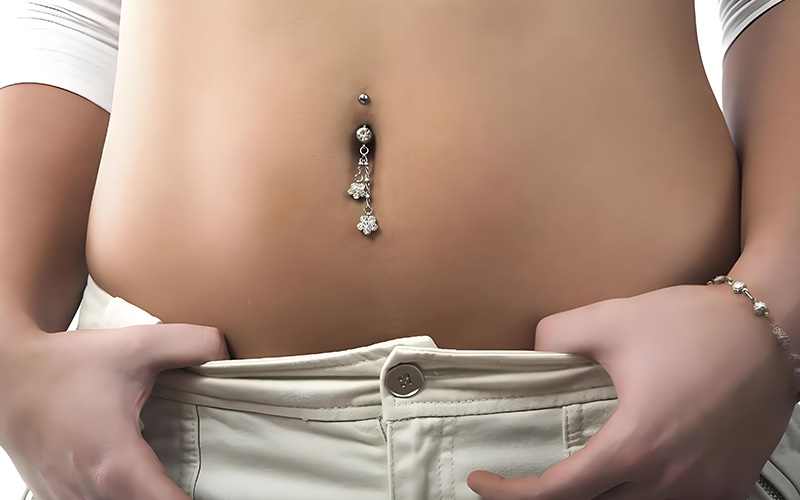
Can I Wear Externally Threaded Jewelry in Healed Piercings?
This is a common question. Once your piercing is fully healed, is it okay to wear externally threaded jewelry? The answer is… maybe. A healed piercing is much tougher than a new one. The skin inside the piercing channel, called a fistula, is no longer an open wound. This means it can handle a little more friction. Some people wear externally threaded jewelry in their healed piercings without any issues.
However, it’s still not the best choice. Even in a healed piercing, the rough thread can irritate or scratch the skin. This can be uncomfortable and can sometimes cause a healed piercing to become sore again. This is especially true for a sensitive area like a nipple piercing or septum piercing. An old, well-healed earlobe piercing might be fine, but for other types of piercings, it’s a bit of a risk.
My advice, and the advice of any good piercer, is to stick with internally threaded or threadless jewelry whenever possible. Even for healed piercings, it’s the safer, more comfortable option. Why risk irritating a perfectly happy piercing? The difference in quality is worth the price. When you compare externally and internally threaded jewelry vs your piercing’s health, the choice is clear. Your body deserves the best.
What’s the Best Thread for My Titanium Piercing Jewelry?
When you choose your piercing jewelry, the material is just as important as the thread. The best material you can get is implant-grade titanium. It is lightweight, strong, and biocompatible. This means your body is very unlikely to have a bad reaction to it. It’s what professional piercers use for fresh piercings.
So, what’s the best thread for your titanium jewelry? Without a doubt, you should choose internally threaded or threadless designs. Combining a high-quality material like implant-grade titanium with a safe, internally threaded design gives you the absolute best-case scenario for your piercing. It gives you the highest chance of a smooth and easy healing process. Most high-end jewelry companies don’t even make externally threaded options.
Whether you’re getting industrial piercings, a simple stud, or circular barbells, always look for titanium and an internal thread. This combination is the gold standard in the piercing world. All my favorite pieces, from my straight barbells to my curved barbells, are made of titanium and are internally threaded. It gives me peace of mind knowing I’m wearing something that is safe and comfortable for my body. For any type of piercing, this is the way to go.
Things to Remember
I hope this has cleared up the big question of internally vs externally threaded jewelry. The type of thread you choose can make or break your piercing experience. To make it simple, here are the most important things to remember:
- Externally threaded jewelry has the screw thread on the outside of the post. This rough thread can scrape your piercing, causing pain, irritation, and longer healing times. It’s best to avoid this type of jewelry, especially for a new piercing.
- Internally threaded jewelry has a smooth post. The screw thread is hidden on the inside. This is much safer and more comfortable for your piercing. It is the best choice for fresh piercings and what professionals recommend.
- Threadless jewelry uses a push-pin system and has no threads at all. It is also very safe and smooth, making it another great option for any piercing, new or healed.
- For new piercings, always choose internally threaded or threadless jewelry. This is the most important takeaway. The jewelry is better for new piercings because it is gentle on the healing tissue.
- The material matters too. Combine an internally threaded or threadless design with a high-quality material like implant-grade titanium for the safest and most comfortable body jewellery.
- Understanding the differences between internally and externally threaded body jewellery is key. It helps you make informed choices for your body. From nose studs and labrets to nipple and septum jewelry, the thread makes a huge difference. Always check the thread before you buy.

